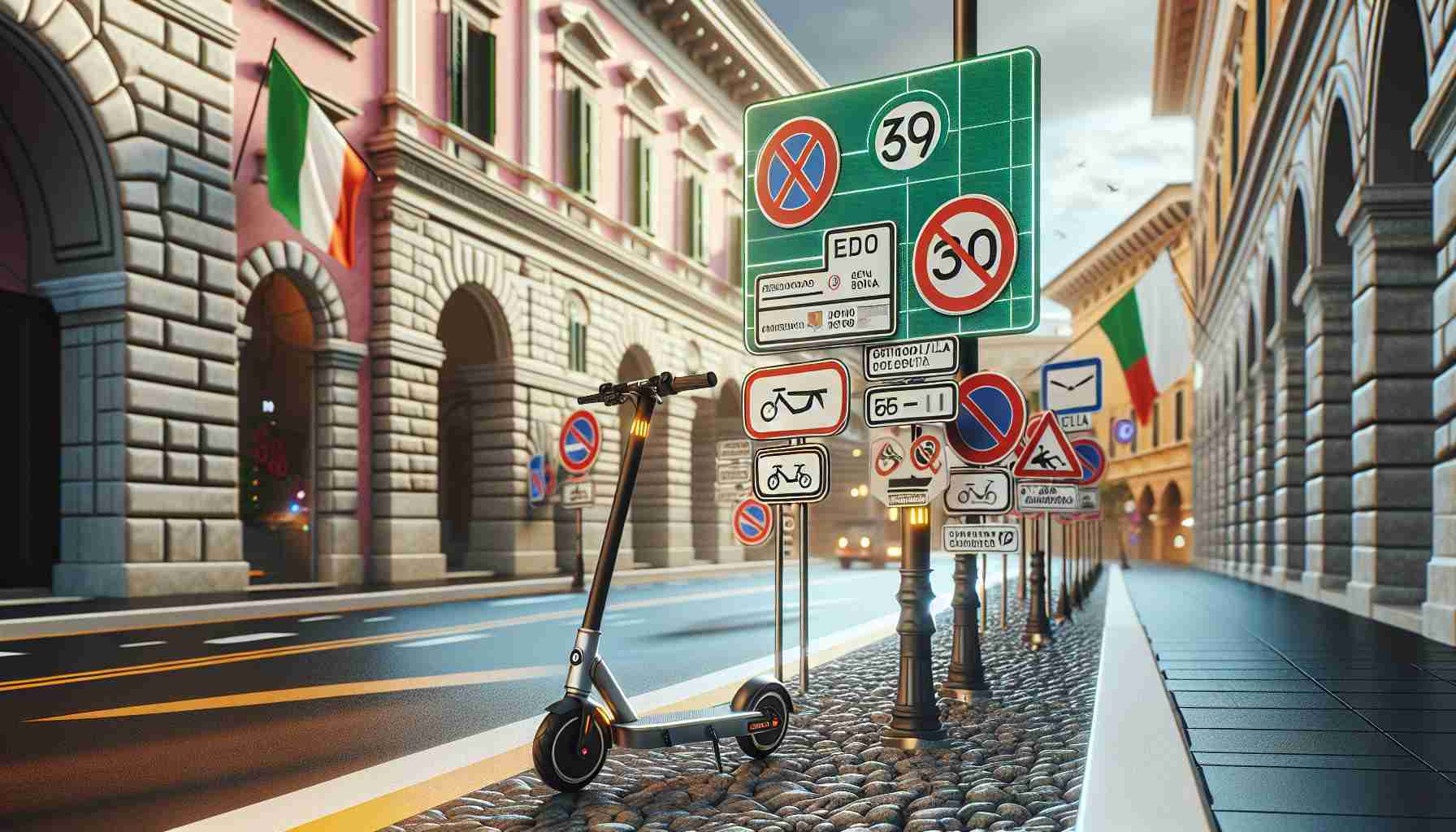Italy Introduces Comprehensive Safety Measures for E-Scooters
Italy has rolled out a set of strict regulations for e-scooter riders to curb the rising number of accidents and injuries. The new laws mandate helmets, license plates, indicators, and insurance for e-scooters, aiming to increase safety on the roads by imposing speed limits and restricting e-scooters from cycle lanes, sidewalks, and rural roads.
E-Scooters’ Future in Italy
While the e-scooter industry faces challenges in various European cities, Italy’s approach is not about banning these electric vehicles outright, but rather enhancing safety standards for riders and other road users. The move follows a surge in e-scooter-related fatalities and injuries, prompting the government to act swiftly in implementing these new requirements.
Transitioning from Eco-Craziness to Safety
Transport Minister Matteo Salvini’s focus on preserving Vespas, considered a national cultural heritage, while regulating e-scooters underscores the balancing act between cultural tradition and modern mobility solutions. The clash between eco-friendly e-scooters and iconic Vespas reflects broader debates on sustainability and heritage protection in Italy.
Challenges and Advocacy for E-Scooter Safety
The debate over mandatory helmets for e-scooter riders mirrors discussions around cycling safety, with experts emphasizing the necessity of protective headgear. While some industry players express concerns about costs and logistical challenges, advocates argue that helmets should be easily accessible and incorporated into rental services to enhance overall safety.
Looking Ahead: Insurance and Compliance
Alongside safety measures like helmets, the issue of insurance for e-scooters remains complex and varies across European countries. As governments grapple with classifying e-scooters and ensuring rider protection, mandatory insurance in some countries highlights the importance of financial coverage in case of accidents. Italy’s proactive stance on e-scooter safety sets a precedent for other nations to prioritize regulations that safeguard both riders and pedestrians.
Italy Implements New Regulations for E-Scooters: Enhancing Safety Measures
In the recent developments regarding e-scooter regulations, Italy has announced additional measures to further enhance safety in the rapidly growing e-scooter industry. While the previous article highlighted the initial set of stringent rules introduced to address safety concerns, the new updates focus on specific aspects that are crucial for protecting riders and pedestrians alike.
Key Questions and Answers:
– What are the new regulations introduced in Italy for e-scooters? The new regulations in Italy now include mandatory regular maintenance checks for e-scooters to ensure their proper functionality and safety on the roads.
– How will the new regulations be enforced? Authorities will conduct random spot checks and inspections to verify compliance with the maintenance requirements, imposing penalties on riders found to be in violation of the regulations.
Challenges and Controversies:
One of the key challenges associated with the implementation of these regulations is the potential resistance from e-scooter rental companies. They may face increased operational costs due to the mandatory maintenance checks, leading to concerns about the impact on their business models and bottom lines.
Advantages and Disadvantages:
– Advantages: The introduction of mandatory maintenance checks ensures that e-scooters are in optimal condition, reducing the risk of accidents caused by mechanical failures. This proactive approach by Italy sets a high safety standard for the industry.
– Disadvantages: Some critics argue that the additional regulations could deter individuals from using e-scooters, impacting the overall convenience and popularity of this mode of transportation.
As Italy takes proactive steps to enhance e-scooter safety, it sets a precedent for other countries to follow suit in implementing comprehensive regulations that prioritize the well-being of both riders and pedestrians.
For further information on e-scooter safety measures and regulations, you can visit Italy’s official government website.


















